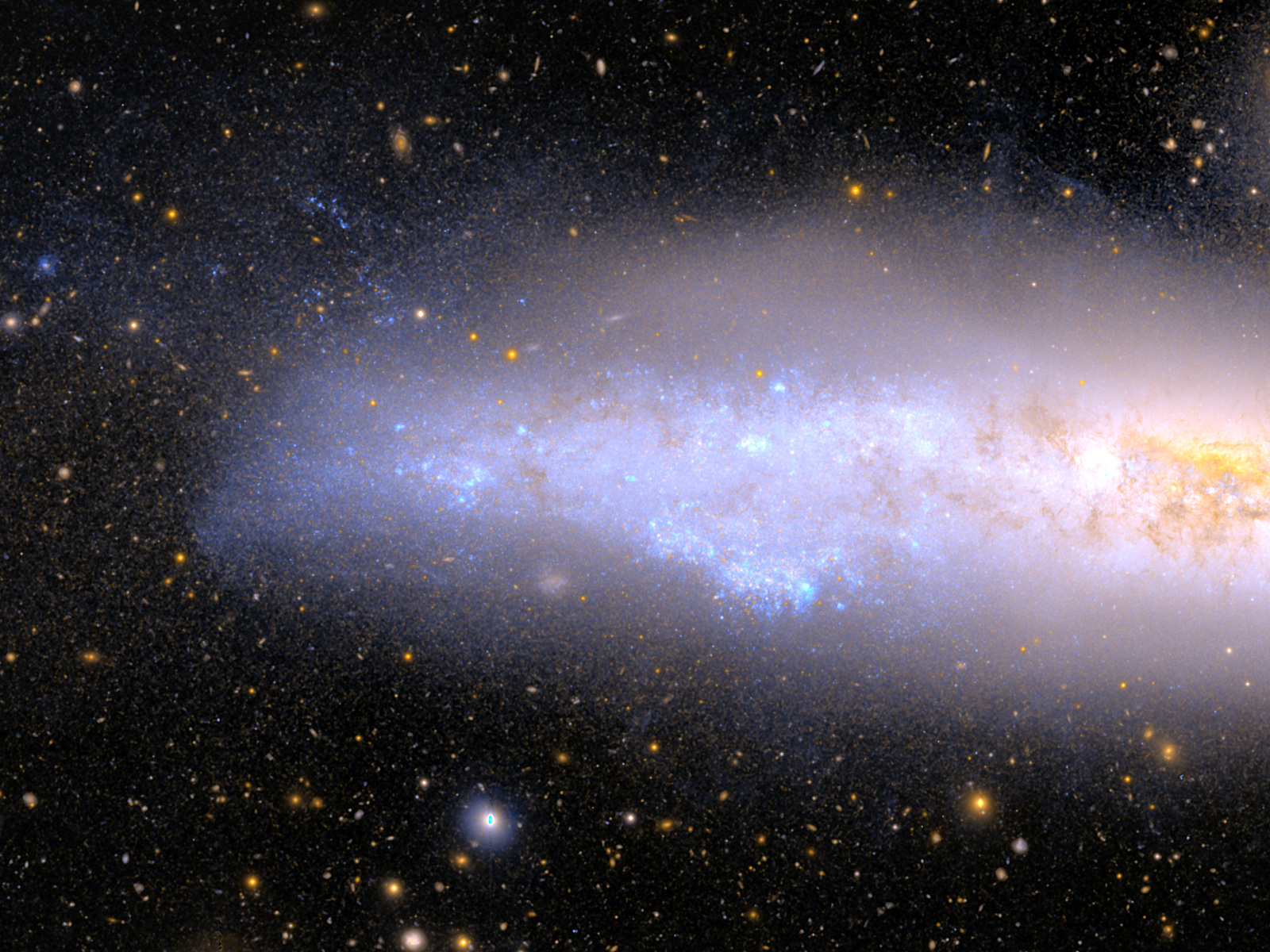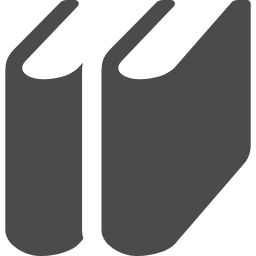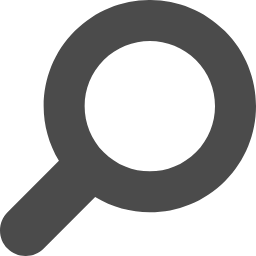We have dedicated tools to access the HSCLA data. All the tools are also used at the HSC-SSP website, so you may already be familiar with them. If you use data from HSCLA for the first time, you will need to create an account. We use the registration information only for the operation, maintenance and development of the HSCLA system. We occasionally send notices about system maintenance and new releases to all the registered users. Note that, for technical reasons, the HSCLA account is separate from HSC-SSP account (i.e., you will not be able to login with your account for the SSP website). We apologize for the inconvenience. Please create a new one.
The HSCLA data should be used for non-commercial, scientific/educational purposes. Please contact us in case of other uses.
Data Access Tools
Tips: Only a small fraction of the area is available in more than 2 filters. In order to view the two-filter area in color in the HSC Map, use ‘SIMPLE_COLOR_MATRIX’ in the color mixer diagram and then choose the two filters you want to use from the Preset menu, e.g., g-i.
Access to the Directory Tree
We make all the pipeline products, including intermediate products, available. If you plan to download a large amount of data (>1TB), please contact us in advance.
Client Tools
We have several useful tools for data retrieval and data analysis.
You can send a query and retrieve data from your terminal with this tool. This will be useful for sequential data retrieval.
A patch is a 4k x 4k image. It is relatively large, but you may want to generate a larger image. This tool stitches adjacent patches in the same tract together.
You can upload a catalog and do object matching on our server. Use the following option for HSCLA: --rerun=la2016
Similar to Image Stitcher #1, but this one allows you to stitch patches in different tracts together. The HSC (or LSST) pipeline has to be installed to use this tool. See this page for the pipeline installation.
NOTE: The overlapping regions between the adjacent tracts are not exactly the same; tract A may have slightly different DNs and astrometry from tract B in the overlapping region. This tool simply adopts the pixels from tract B in the resultant image. This tool can also be used for CCD images to visualize a full focal plane image from a visit.
Upload an object list with this tool and you will get postage-stamps in color.
Coadd images have a mask layer, which carries useful information about object footprint, various pixel masks, etc. This tool overlays a specific mask bit on a coadd image using ds9.
Client tool for image cutout. Useful for a bulk download of cutout images.
Client tool for PSF retriever. Useful for a bulk download of PSF images.








